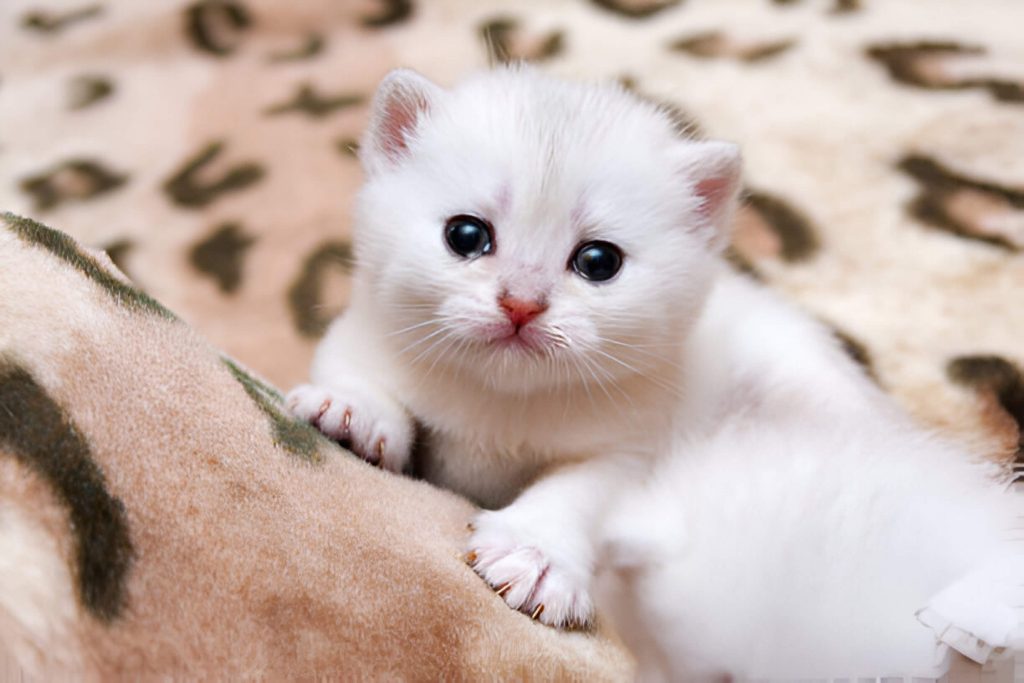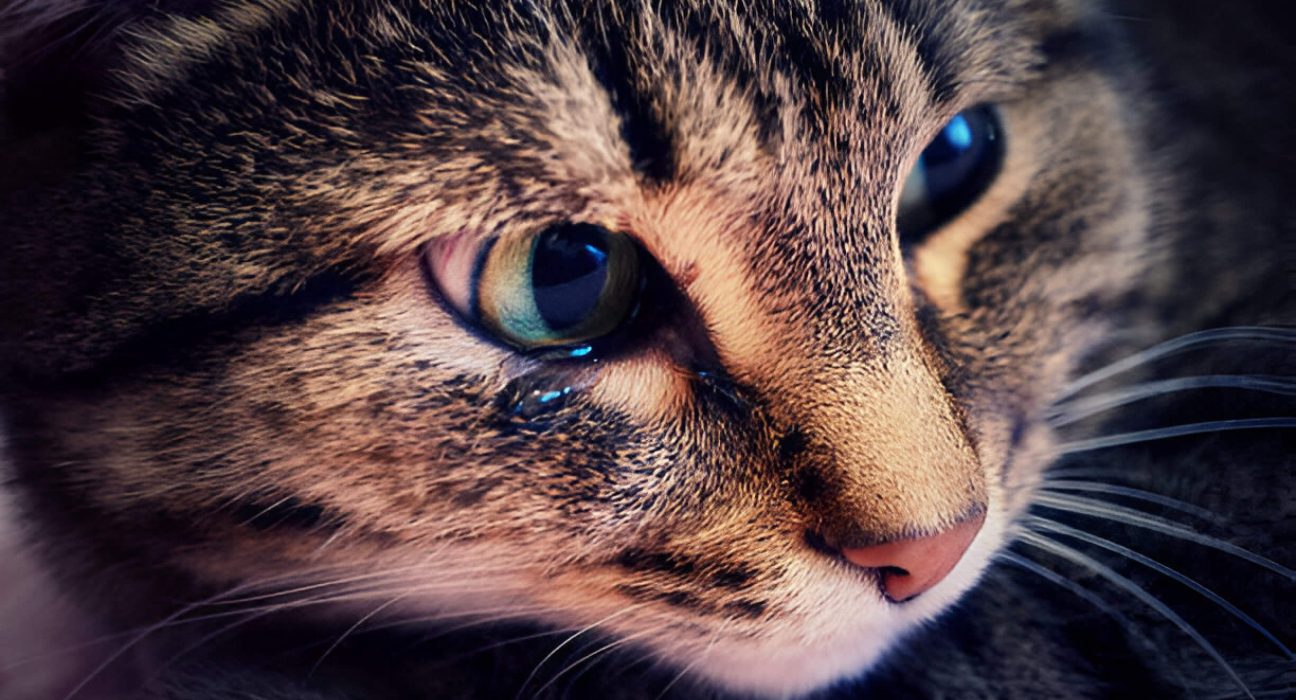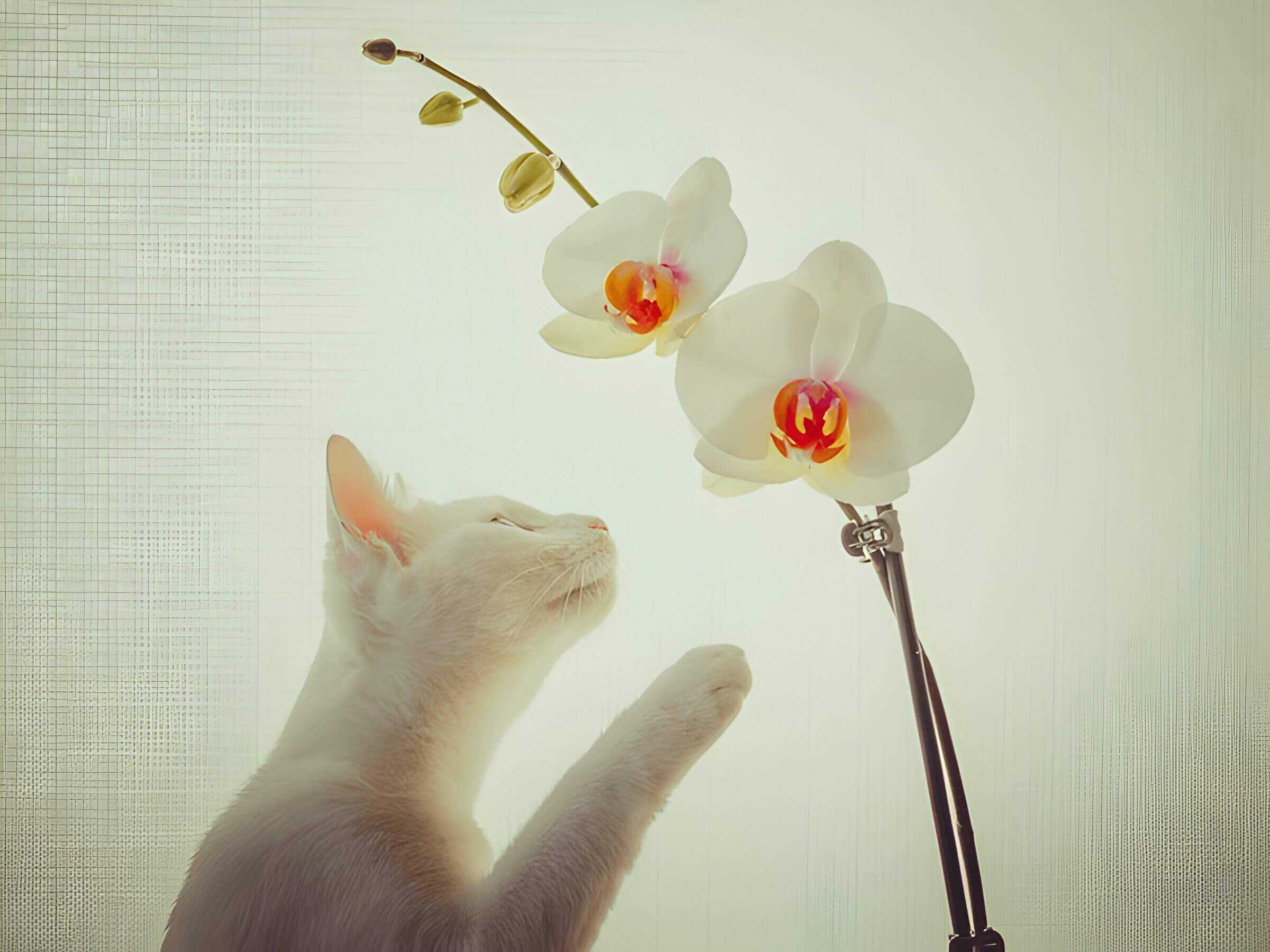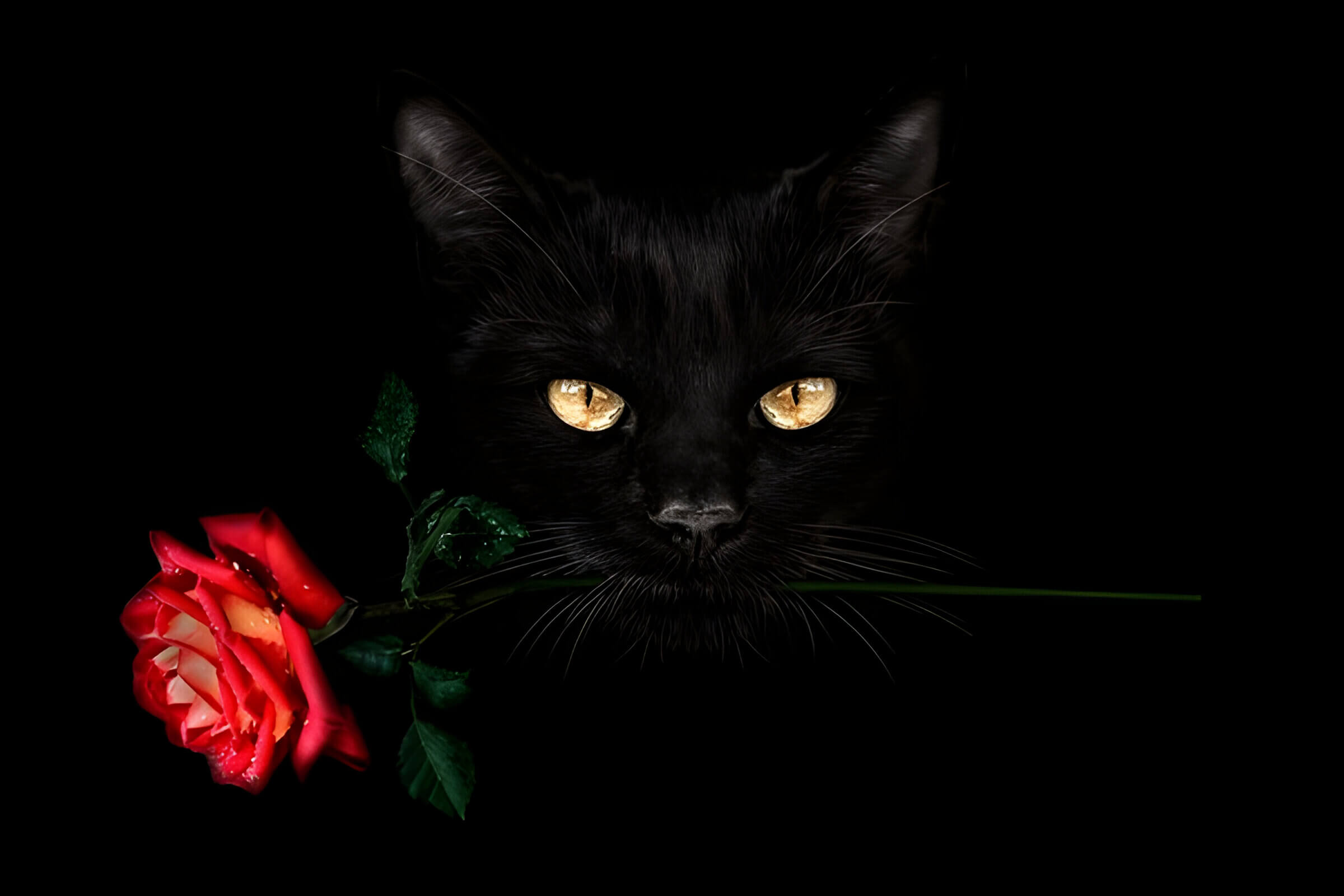Cats have long captivated humans with their mysterious nature, prompting us to question their emotional capacity. One common inquiry among cat owners is whether these enigmatic creatures can cry. This article delves into the fascinating world of feline emotions, exploring how cats express themselves and what their behaviors truly mean. By understanding the unique ways our furry companions communicate, we can better meet their emotional needs and strengthen our bonds with them.
The Myth of Crying Cats (Separating Fact from Fiction)
Contrary to popular belief, our feline friends don’t shed tears when they’re feeling sad or upset. While cats are indeed emotional creatures, capable of experiencing a wide range of feelings, they express themselves differently than humans do. It’s important to understand that cats don’t cry tears as an emotional response, but this doesn’t mean they’re any less sensitive or in need of our love and care.
Cats may appear to have watery eyes due to various health issues or irritants, which can be mistaken for emotional tears. As devoted pet parents, it’s crucial to recognize the signs of distress in our furry companions through their body language, vocalizations, and changes in behavior. By learning to read these cues, we can better respond to their emotional needs and provide the comfort they require.
While cats may not cry tears of sadness, they still rely on us for emotional support. Showing empathy and understanding towards our feline friends can strengthen the bond we share with them, ensuring they feel safe, loved, and content in our care.
The Science Behind Cat Tear Production
Our feline friends have a complex and fascinating eye structure, including their tear production system. Just like humans, cats rely on tears to keep their eyes healthy and comfortable. These precious drops are produced by specialized glands and distributed across the eye’s surface through a network of tiny ducts.
Cat tear ducts play a crucial role in maintaining optimal eye health. They not only lubricate the eye but also help flush out debris and protect against infections. Sometimes, you may notice a bit of discharge in the corners of your kitty’s eyes – this is usually normal and part of their natural eye-cleaning process.
Understanding feline anatomy can help us better care for our beloved pets. If you notice excessive tearing or unusual discharge, it’s essential to consult with a veterinarian. They can assess your cat’s eye health and provide guidance on proper cat eye care. Remember, our furry companions rely on us to keep them healthy and happy, so paying attention to their eye health is an important part of being a loving pet parent.
Signs of Emotional Distress in Cats
Our feline friends may not be able to speak, but they certainly have ways of telling us when they’re feeling emotionally distressed. As cat parents, it’s crucial to recognize these signs to provide the comfort and care our furry companions need.
One of the most noticeable indicators of a stressed or anxious cat is changes in their vocalizations. A typically quiet cat may suddenly become more vocal, with excessive meowing or yowling. Conversely, a usually chatty cat might become eerily silent. These shifts in communication can be your kitty’s way of expressing discomfort or unease.
Physical changes can also signal emotional distress in cats. You might notice your cat’s ears flattened against their head, or their tail held low and twitching. Some cats may excessively groom themselves, leading to bald patches or irritated skin. Others might hide more often or become uncharacteristically aggressive.
Changes in eating habits, litter box use, or sleep patterns are additional cat mood indicators to watch for. A distressed cat may lose their appetite or overeat, have accidents outside the litter box, or sleep much more or less than usual.
Remember, every cat is unique, and their ways of showing distress may vary. By paying close attention to your cat’s behavior and body language, you can better understand their emotional state and provide the love and support they need during difficult times.
Medical Reasons for Watery Eyes in Cats
Our feline friends can’t shed tears due to emotions, but watery eyes in cats are often a sign that something’s amiss. As pet parents, it’s heartbreaking to see our kitties in discomfort. Cat eye problems can stem from various causes, and understanding them can help us provide better care for our beloved companions.
Eye infections are common culprits behind watery eyes in cats. These can range from mild irritations to more serious conditions that require veterinary attention. Feline upper respiratory infections, much like human colds, can also lead to excessive eye watering and discharge.
Allergies in cats, though less common than in dogs, can cause eye irritation and tearing. Environmental factors, certain foods, or even grooming products might trigger these reactions. It’s important to observe any changes in your cat’s behavior or appearance to identify potential allergens.
Cat eye injuries, whether from playful scuffles or accidental scratches, can result in watery eyes. Even a small scratch on the cornea can cause significant discomfort and tearing. If you notice your cat pawing at their eye or keeping it partially closed, it’s crucial to seek veterinary care promptly.
Remember, while we may wonder, “Can cats cry?” in the emotional sense, their watery eyes are usually a sign that they need our help and attention. By staying vigilant and responding with care, we can ensure our feline friends maintain healthy, bright eyes.
How Cats Express Emotions Without Tears
Our feline friends may not shed tears like humans do, but they have their own unique ways of expressing emotions. Understanding these subtle cues can help us become more attuned to our cats’ feelings and needs.
Cats are masters of non-verbal communication, using their entire bodies to convey their emotions. Their expressive eyes, often described as windows to their souls, can reveal a range of feelings from contentment to anxiety. Slow blinks, for instance, are a cat’s way of showing trust and affection.
Feline facial expressions, though more subtle than those of dogs, can still speak volumes. A relaxed face with slightly squinted eyes indicates a happy, comfortable cat, while flattened ears and dilated pupils may signal fear or aggression.
A cat’s tail is like an emotional barometer. A tail held high with a slight curve at the tip usually means a friendly, confident cat, while a puffed-up tail suggests fear or agitation. Gentle swishes can indicate curiosity or mild annoyance, depending on the speed and intensity.
Purring is often associated with contentment, but cats may also purr when they’re stressed or in pain as a self-soothing mechanism. It’s important to consider the context and other body language cues when interpreting purrs.
Meowing is primarily a form of cat-to-human communication. Different types of meows can convey various messages, from a simple greeting to a demand for food or attention. As you spend more time with your cat, you’ll learn to distinguish between their different vocalizations.
By paying attention to these subtle forms of communication, we can better understand and respond to our cats’ emotional needs, fostering a deeper bond with our feline companions.
Understanding and Responding to Your Cat’s Emotional Needs
Our feline friends may seem independent, but they rely on us for more than just food and shelter. Understanding and responding to your cat’s emotional needs is crucial for their overall well-being and the strength of your cat-human bond.
Cats, like humans, experience a range of emotions and can suffer from stress and anxiety. Recognizing the signs of feline stress is the first step in providing the emotional support your cat needs. Look for changes in behavior, such as excessive grooming, hiding, or changes in appetite.
Creating a safe and comforting environment is essential for your cat’s mental health. Provide quiet spaces where your cat can retreat when feeling overwhelmed, and respect their need for alone time. Conversely, be available for cuddles and playtime when your cat seeks attention.
Consistent routines can help alleviate anxiety in cats. Regular feeding times, play sessions, and even quiet moments together can provide a sense of security. Remember, your presence alone can be a source of comfort for your feline companion.
Building a strong cat-human bond takes time and patience. Engage in activities your cat enjoys, whether it’s interactive play or gentle grooming. This not only strengthens your relationship but also provides valuable mental stimulation for your cat.
By being attuned to your cat’s emotional needs and responding with compassion, you can ensure a happy, healthy, and harmonious life together. Your understanding and support make all the difference in your cat’s emotional well-being.
When to Consult a Veterinarian About Your Cat’s Eyes
As loving cat parents, we always want the best for our feline friends. When it comes to their eye health, it’s essential to be vigilant and know when to seek professional help. Regular cat eye exams are crucial for maintaining your kitty’s overall well-being, and understanding when to consult a veterinarian can make all the difference in preserving their vision.
If you notice any changes in your cat’s eyes, such as redness, swelling, discharge, or squinting, it’s time to schedule an appointment with your vet. These symptoms could indicate various feline ophthalmology issues that require prompt attention. Remember, our furry companions can’t tell us when they’re in pain, so it’s up to us to watch for signs of discomfort.
Don’t hesitate to reach out to your veterinarian if you have any cat health concerns, especially regarding their eyes. Early detection and treatment can prevent minor issues from becoming major problems. Your vet can provide expert advice on cat eye treatments and help ensure your beloved pet maintains clear, healthy vision for years to come.
By staying attentive to your cat’s eye health and seeking veterinary care for cats when needed, you’re showing your furry friend just how much you care. Together with your veterinarian, you can keep those beautiful feline eyes shining bright and full of life.
Decoding Your Cat’s Emotional Language

As we wrap up our exploration into the fascinating world of feline emotions, it’s clear that our furry friends communicate in ways that are both subtle and profound. While cats may not shed tears in the same way humans do, they certainly have their own unique methods of expressing their feelings.
Remember, your cat’s well-being is deeply connected to your bond with them. By paying close attention to their body language, vocalizations, and behavior, you can become fluent in your cat’s emotional language. This understanding will not only strengthen your relationship but also help you respond to their needs more effectively.
Every meow, purr, and gentle headbutt is your cat’s way of reaching out to you. So, the next time you wonder if your cat can cry, know that they’re constantly communicating their emotions – just in their own special way. Your role as a loving pet parent is to listen with your heart and respond with compassion. After all, the language of love transcends species, and your cat is counting on you to be their emotional translator and steadfast companion.







